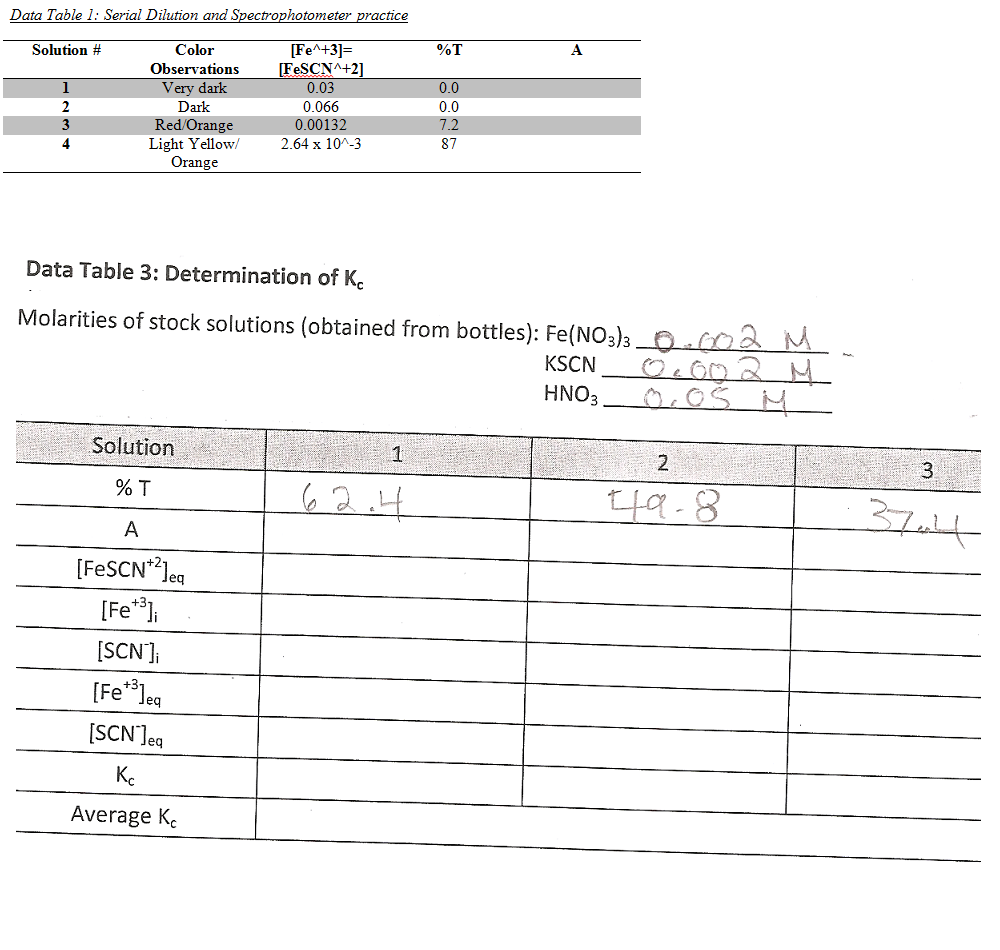Serial Dilution Table
A serial dilution is any dilution in which the concentration decreases by the same factor in each successive step. In serial dilutions, you multiply the dilution factors for each step. The dilution factor or the dilution is the initial volume divided by the final volume. The dilutions cover the range from 1/2 to 1/100 unevenly. In fact, the 1/2 vs. 1/3 dilutions differ by only 1.5-fold in concentration, while the 1/10 vs. 1/100 dilutions differ by ten-fold. If you are going to measure results for four dilutions, it is a waste of time and materials to make two of them almost the same.
Introduction
A serial dilution is a series of dilutions made sequentially, using the same dilution factor for each step. The concentration factor is the initial volume divided by the final solution volume; the dilution factor would be the inverse of the concentration factor. For example, if you take 1 part of a sample and add 9 parts of water (solvent), then you have made a 1:10 dilution; this is 1/10th (0.1) of the concentration of the original solution and has a dilution factor of 10. These serial dilutions are often used to determine the approximate concentration of an enzyme (or molecule) to be quantified in an assay. Serial dilutions allow for small aliquots to be diluted instead of wasting large quantities of materials, are cost-effective, and are easy to prepare.

Equation 1.

How To Serial Dilution

Serial Dilution Definition
[concentration factor= frac{volume_{initial}}{volume_{final}}nonumber]

Serial Dilution Table
[dilution factor= frac{1}{concentration factor}nonumber]

Diagram of 1:2 Serial Dilutions
In your notebook, draw a diagram showing the serial dilutions for the 6 KMnO4 solutions you are preparing. In the diagram, indicate the volume being withdrawn from the concentrated solution, the volume of water added, the concentration of the new solution, and the total volume.